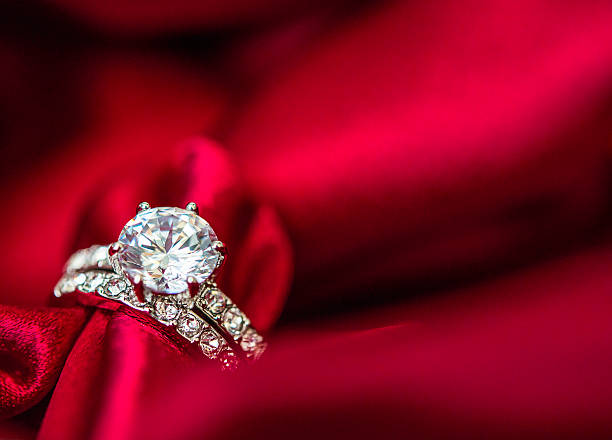4 Distinguishing Components of Art Deco Ornaments All Entries

Art deco jewelry has a rich history. Otherwise called style moderne, art deco emerged in the 1920s as an architecture and decorative arts movement. It wasn’t until 1925, during the Exposition Internationale des Arts Décoratifs et Industriels Modernes, that the term Art Deco became official. Art deco jewelry represented freedom; people would no longer endure Victorian limitations after World War 1. Women could rock plunge necklaces, sleeveless dresses, and short hairdos. By the 1930s, art deco had already penetrated the U.S. and Western Europe.
Apart from jewelry, this style inspired building, vehicle, and furniture designs. You could also see the design in everyday items like clocks and radios. Art deco jewelry may imitate designs like Fauvism and Cubism, but it has the following distinguishing features.
- Filigree
Filigree work involves stretching metals into fine threads and twisting them into lacy patterns. The jeweler can merge these lacy designs into intricate cutouts or combine them with gold, platinum, or silver ornaments. Popular shapes include hearts, vines, and flowers.
Thanks to die-cast machines in the 1920s, jewelers perfected filigree ornaments and sold them until the early 1930s. Art deco jewelry from this era is difficult to replicate. Unlike authentic filigree that has stark edges, reproductions have a goopy feel because of their wax molds. Again, most vintage filigree ornaments contain 10k and 18k white gold. On the other hand, reproductions use 14k white gold and bear yellow tints from their alloys.
- Calibre Cut Stones
These ornaments feature custom-cut faceted stones that fit perfectly together. As such, there are no spaces against the setting or between the stones. Ordinarily, the stones differ in size to achieve the perfect fit. Calibre cut stones can be round, rectangular, square, or tapered keystone.
The design gained popularity during the art deco period when jewelers arranged emeralds, sapphires, and rubies side by side. Though some pieces include diamonds, this style mostly uses colored stones to create contrast. Since the process is labor-intensive, original calibre cuts are rare in the market today. You might be dealing with a reproduction if the stone is too cheap.
- Geometric Patterns
Art deco jewelry combines shapes like rectangles, fans, octagons, and triangles to form complex lines. These ornaments borrow from two past eras. For starters, art deco replaced Art Nouveau’s naturalistic motifs with symmetrical themes.
Likewise, the Edwardian period inspired diamond and platinum usage. Apart from creating intricate designs on platinum, jewelers could make pear, marquise, and emerald shapes on diamonds. But unlike the Edwardian flowy designs, art deco jewelry was more symmetrical. These ornaments featured more geometric patterns and less free space to create an industrial style.
- White Metals
Although some had yellow tints, most art deco ornaments came from cool-toned metals like platinum sterling and nickel silver. Additionally, white gold met the rising demand for light-colored metals while combating high platinum costs.
But platinum reclaimed its lost glory in 1924 upon the discovery of platinum deposits in South Africa. On top of being sturdy, platinum didn’t tarnish like silver. Another art deco jewelry feature is bold colors. Though black and white were popular combinations, it was not uncommon for designers to use the following colored stones:
- Ruby
- Aquamarine
- Emerald
- Moonstone
- Sapphire
- Onyx
- Coral
Enamel components were also prominent in this era because of their contrasting effect. Such colors include black, green, red, and blue.
Timeless Ornaments
Art deco jewelry adds a classic touch to modern wardrobes. Whether you’re buying vintage pieces or modern reproductions, these ornaments still carry elegance. If you have art deco jewelry to sell, we can appraise it for you. Contact us today to learn more.